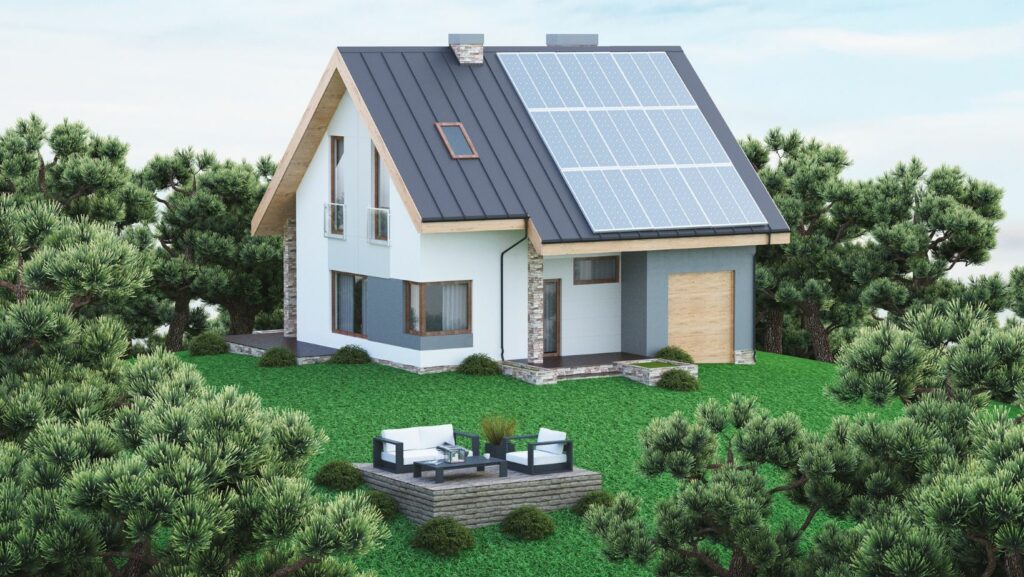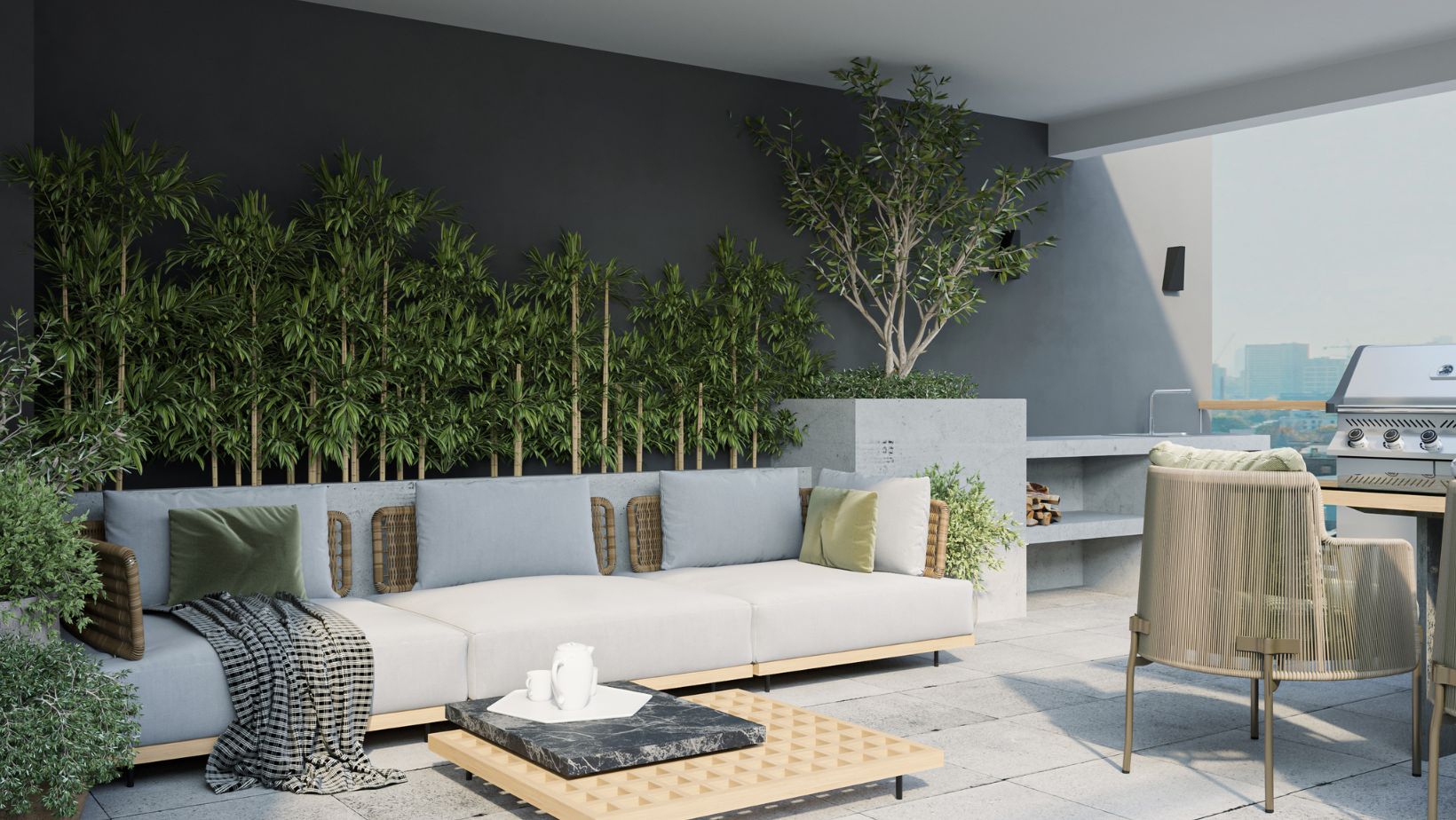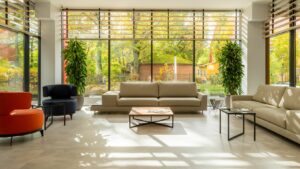Key Takeaways
- Innovative Design: Bubble homes feature a unique spherical shape made from transparent materials, maximizing natural light and offering panoramic views of nature.
- Sustainability Focus: These homes prioritize eco-friendliness through energy-efficient systems, such as solar panels and rainwater collection, while utilizing recyclable and durable construction materials.
- Versatile Living Spaces: Bubble homes are adaptable for various environments, accommodating both vacation rentals and permanent residences, with customizable flexible interiors that promote minimalist living.
- Environmental Integration: They blend seamlessly into their surroundings, reducing reliance on artificial lighting and supporting local ecosystems, thereby aligning with modern sustainability goals.
- Challenges to Consider: Potential owners should evaluate structural integrity concerns, initial costs, financing challenges, and compliance with local building regulations before committing to a bubble home.
In a world where innovative design meets sustainable living, bubble homes are capturing attention like never before. These unique structures, resembling transparent orbs, offer a fresh take on modern architecture while prioritizing eco-friendliness. The allure of bubble homes lies not just in their eye-catching aesthetics but also in their ability to blend seamlessly with nature.
As urbanization continues to rise, many are seeking alternatives that provide both comfort and a connection to the environment. Bubble homes present an exciting solution, allowing individuals to live in harmony with their surroundings. From their energy-efficient features to their minimalist designs, these homes challenge traditional concepts of housing and invite a new way of thinking about living spaces.
Bubble Home
Bubble homes, often called bubble tents or transparency domes, serve as an innovative housing solution. These structures typically feature a spherical design made from durable, transparent materials like plastic or polycarbonate. This design not only maximizes natural light but also provides panoramic views of the surroundings.
Bubble homes emphasize sustainability. Their energy-efficient designs often utilize solar panels and rainwater collection systems. Many bubble homes integrate advanced insulation techniques to maintain comfortable indoor temperatures. These features significantly reduce reliance on traditional heating and cooling systems.
Bubble homes appeal to diverse occupants. Some individuals prefer them for vacation rentals, while others choose them for permanent residences. Their unique appearance and eco-friendly focus attract people looking for a distinctive lifestyle choice. Furthermore, their minimalist interior layouts promote a decluttered living experience.
Bubble homes fit well in various environments. They harmonize with nature, making them suitable for rural, suburban, and even urban settings. Their ability to blend seamlessly into different landscapes enhances the living experience. As urbanization continues, bubble homes represent a viable alternative to conventional housing, emphasizing ecological responsibility without sacrificing comfort.
Design and Aesthetics
Bubble homes showcase distinctive design elements that set them apart from traditional housing. Their unique shapes and transparent structures create an immersive living experience that connects occupants with their surroundings.

Unique Features
Bubble homes feature several standout characteristics that enhance both their aesthetic appeal and functionality.
- Spherical Shape: The curvature promotes a sense of openness and encourages optimal airflow, creating inviting atmospheres.
- Panoramic Views: Large transparent surfaces allow inhabitants to enjoy unobstructed views of nature, blurring the line between indoor and outdoor spaces.
- Flexible Layouts: Interiors can be customized to fit individual preferences, with open floor plans that maximize usable space.
- Eco-Friendly Elements: Many designs incorporate energy-efficient systems, such as solar energy panels and rainwater harvesting systems, aligning aesthetics with sustainability.
Materials Used
Bubble homes employ various durable materials to create resilient and visually appealing structures.
- Transparent Plastics: Used for their lightweight and weather-resistant properties, materials like polycarbonate or acrylic ensure longevity while allowing natural light to flood interior spaces.
- Insulation Materials: Advanced insulation techniques help maintain indoor temperatures, utilizing materials that offer both energy efficiency and durability.
- Recyclable Components: Many bubble homes incorporate recyclable materials in their construction, further enhancing their environmental friendliness while reducing waste.
These design and material aspects not only provide practical benefits but also contribute to the overall aesthetic of bubble homes, making them an attractive option for those seeking a unique living experience.
Advantages of Bubble Homes
Bubble homes offer numerous advantages that make them a compelling housing option. Their innovative designs promote ecological responsibility while providing comfort and unique living experiences.
Environmental Benefits
Bubble homes integrate seamlessly into their surroundings, promoting sustainability. Their transparent structures reduce the need for artificial lighting by maximizing natural sunlight. Additionally, bubble homes often use recyclable and eco-friendly materials in their construction, minimizing environmental impact. These homes encourage biodiversity by allowing natural habitats to thrive around them, supporting local ecosystems. The design reduces land and resource consumption, aligning with modern sustainability goals.
Energy Efficiency
Bubble homes feature advanced energy-efficient designs, significantly lowering energy consumption. Many incorporate solar panels that harness renewable energy, powering appliances and lighting. Rainwater collection systems capture precipitation for reuse, promoting water conservation. Advanced insulation techniques ensure minimal heat loss, maintaining comfortable indoor temperatures without excessive reliance on heating or cooling systems. By employing these features, bubble homes contribute to lower utility bills and a reduced carbon footprint.
Challenges and Considerations
Bubble homes present unique challenges and considerations that potential occupants and builders should evaluate carefully.
Structural Integrity
Structural integrity in bubble homes relies on robust material selection and design. The use of durable materials like polycarbonate ensures resilience against environmental factors such as wind and heavy snowfall. However, challenges may arise in extreme weather conditions. Builders must implement proper anchoring systems to secure the structures against high winds. Additionally, the spherical design, while aesthetically pleasing, requires precise engineering to maintain stability throughout various seasons. Regular maintenance checks are essential to identify any wear or damage that could compromise safety.
Cost and Accessibility
Cost and accessibility represent significant factors for prospective bubble home owners. The initial investment may exceed traditional houses due to specialized materials and construction techniques. On average, bubble homes range from $30,000 to $100,000, depending on size and customization. Financing options might not always align with conventional mortgage avenues, complicating ownership. Furthermore, zoning regulations can restrict the placement of non-traditional structures in certain areas, particularly urban settings. Understanding local building codes and securing necessary permits is crucial for developing bubble homes legally and efficiently.
Blend of Sustainability And Unique Living Experiences
Bubble homes stand out as a compelling choice for those seeking a blend of sustainability and unique living experiences. Their innovative design not only enhances aesthetic appeal but also promotes an eco-friendly lifestyle. By prioritizing energy efficiency and natural integration, these structures reflect a growing trend towards responsible living.
While challenges do exist, such as structural integrity and initial costs, the benefits of reduced environmental impact and a connection to nature make bubble homes an attractive option. As more individuals explore alternative housing solutions, bubble homes are likely to gain further traction, reshaping the future of residential living.


